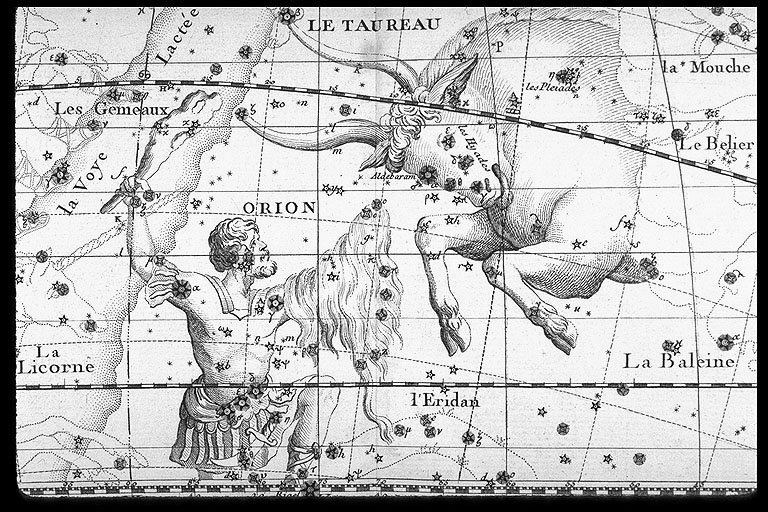bactame wrote:The Hyades is not well shown in the photo
Rogelio's image is not primarily a portrait of the Hyades (and the Pleiades), but rather a portrait of the interstellar dust and gas in this part of the sky and the way it interacts with stars. Fascinatingly, a lot of gas and dust is seen in the direction of the Hyades, too, not just in direction of the Pleiades.
Is the Hyades interacting with interstellar dust? Possibly, but that is in no way certain. Just because we see dust in the direction of the Hyades doesn't mean that the dust is in the same place as the Hyades - the dust could be either in front of or behind the star cluster, just in the line of sight.
In any case, the Hyades is a relatively old cluster, considerably older than the Pleiades. The Pleiades is lighting up a dust cloud that it has just accidentally "blundered into". Unless the Hyades has done the same thing, it will not be involved with a lot of dust.
Interestingly, however, there may be
some dust close to the Hyades. Is there a reason why the stars aren't lighting it up? Yes, if there is indeed dust close to the Hyades, there may be two reasons why we don't see a reflection nebula - at least I've never seen a reflection nebula around the Hyades in any image prior to this one! First, the dust may be thin and spread out, not concentrated. Anything that is thin and spread out will not be good at lighting up anything. And second, the stars can't be too good at emitting the kind of light that is good at creating a reflection nebula. The latter is actually the case. The Hyades are, compared with the Pleiades, yellower and fainter. But yellow and faint isn't very good if you want to make a reflection nebula. The starlight that is most easily reflected is bright and blue, like the light from the bright B-type Pleiades.
But take a look! Isn't there a hint of nebulosity around Theta 1 and Theta 2 Tauri, the bluish and yellowish "double star" at 11 o'clock from Aldebaran?
It is fascinating to see the "dustscape" between the two famous clusters of Taurus. I don't know if I'm imagining things, but I think I see a hint of yellow nebulosity around Aldebaran. Could that be a yellow reflection nebula?
Again, thank you for showing us a unique view of the Pleiades and Hyades and their surroundings, Rogelio!
Ann
 Pleiades to Hyades
Pleiades to Hyades

